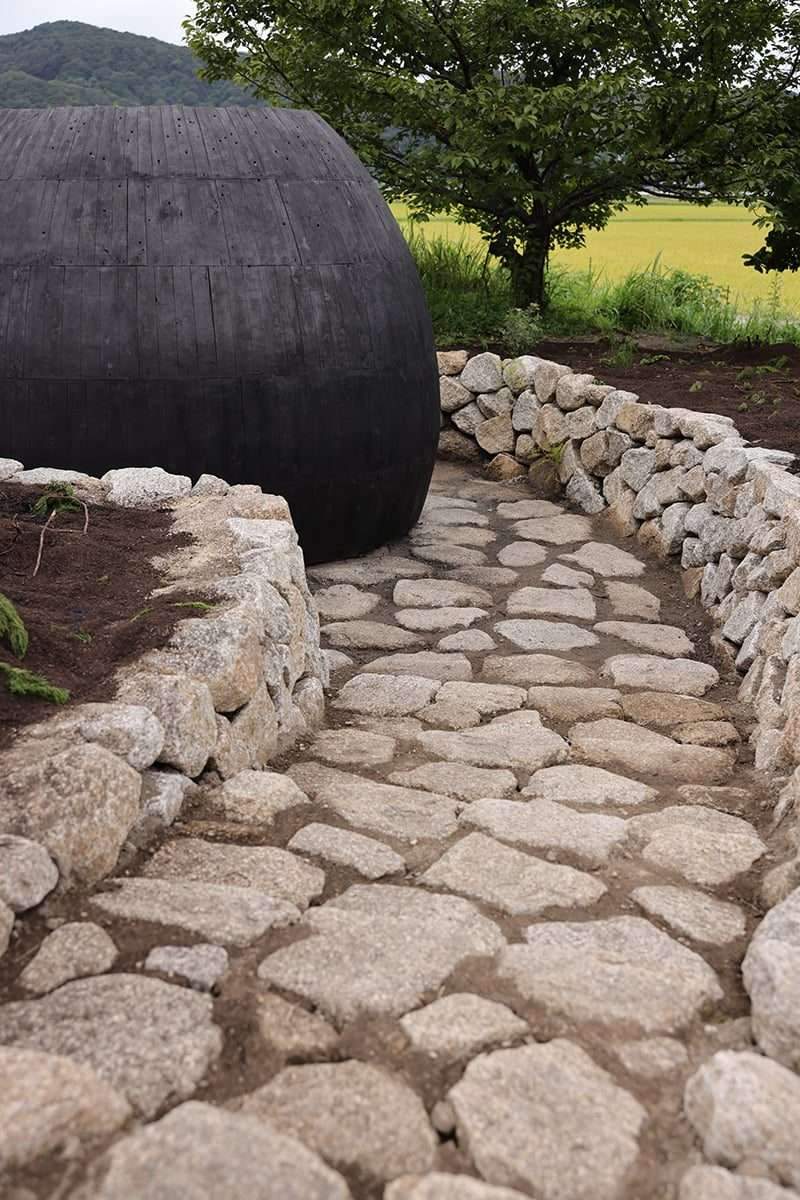In Germany, several buildings have been commissioned and designed, but not yet built. One design, drawn up for the Technical University of Munich just before the outbreak of the coronavirus pandemic in 2019, envisions a twisting tower of glass and concrete that would rise high over the school’s research campus in the town of Garching, Germany. The tower is hollow, with a cylindrical atrium rising more than a dozen floors from top to bottom. Planted gardens run along the edge of each level, giving researchers easy access to light, air, and panoramic views. Kéré’s control of shading and ventilation would reduce the building’s heating and air conditioning needs to their absolute minimum. Though still unbuilt, the project forced Kéré and his collaborators to extend their design philosophy to the challenges of working at a larger scale and meeting the requirements of building codes and engineering complexity.
Despite their radically different contexts, he approaches each with a single-minded focus on local materials and needs. Kéré continues to work in Burkina Faso and Benin, and he will soon open an art space, Chalet Africa, in the Swiss resort town of Gstaad. This new phase of his career, of bigger work and bigger budgets, has begun to push him to his limits: He was briefly hospitalized for exhaustion last summer after a trip to inspect sitework in Benin. “Don’t laugh,” he says, “but I’m planning to take some days off.”
The Benin National Assembly is by far Kéré’s largest commission to date and the most prominent. Construction began last year, and it will replace a crumbling colonial-era building in the country’s capital, Porto-Novo. The project is a challenge not only for its sheer scale—orders of magnitude larger than the Gando Primary School—but also for the complexity of the building’s role in the political life of the nation. “He’s very careful about avoiding the pitfalls of modernism—all the concrete, the political structures imported by colonialism,” Galilee says. “How can he, as an architect, start to undo that and offer something fundamentally local?”
Kéré described his design as evoking the palaver tree, under whose shade West African communities have traditionally gathered to hold a market, teach a lesson, or find a consensus through conversation. Situated in a new park, the top-heavy structure is anchored by the assembly hall located at ground level, with administrative offices suspended above. A covered plaza at the base of the building opens to surrounding gardens. The site brings the public into proximity with governance by reviving an indigenous political tradition. The building will be “a big tree—the biggest tree in the park,” Kéré proclaims. “If they do it this way, then we will know who is making the decisions.”
The beliefs behind this project—honesty and compassion—can feel like an extension of Kéré’s own humility and idealism. He may be overworked, but when asked why, he simply repeats that he wanted to make things better for others: Friends, family, colleagues, the people who will use his buildings and who he will never meet.
In rare moments of downtime, Kéré enjoys walking alone through the old cemeteries that adjoin Hasenheide Park, a hilly retreat on the edge of Neukölln, just a few blocks from his Berlin office. As we stroll along gravel paths past timeworn burial markers, he shares fond memories of his younger brother, Moumini, who came to Berlin from Gando to assist in the office in 2001—until he died in a drowning accident in Hawaii in 2015 while on vacation with Kéré and his daughter. “He took care of everyone,” Kéré says. “I am connected to Berlin because we brought him back, and he is buried here.”
As we walked on, passing through the iron gates that divide the graveyard, the conversation turns to Kéré’s hopes for his future. He reflects with satisfaction on the fact that his example might inspire a new generation. “Imagine a young girl or boy in Africa sees this guy coming from a little village in Gando who uses mud to build. They will realize: I can contribute too.”

